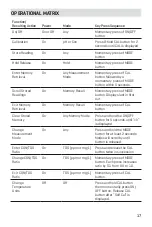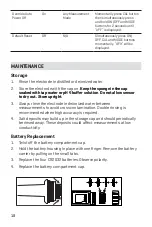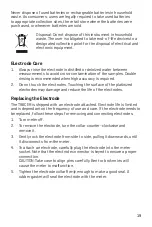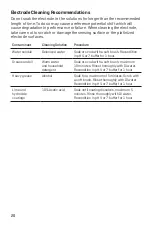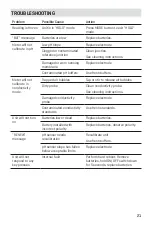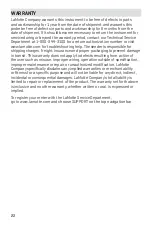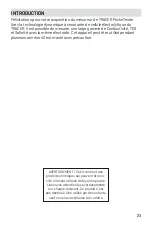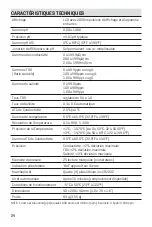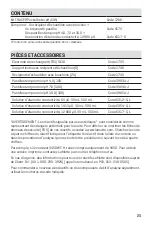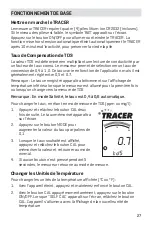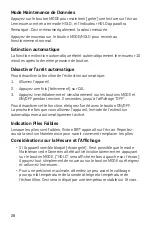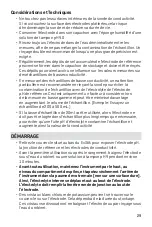
14
CALIBRATION
For the most accurate results, allow sufficient time for the temperature of
the probe to reach the temperature of the sample before calibrating. This
will be indicated by a stable temperature reading on the display.
Preparation of pH Buffers
1. Fill a sample cup with 20 mL of distilled or deionized water.
2. Add one buffer tablet:
pH 4.0 Code 3983A
pH 7.0 Code 3984A
pH 10.0 Code 3985A
3. Use the tablet crusher (0175) to crush the tablet. Stir until the tablet
has disintegrated.
NOTE: Buffers should be prepared fresh daily.
Calibration: pH (1, 2 or 3 points)
1. Place the electrode into a buffer solution (4, 7, or 10). Press and hold
the CAL button until "CAL" appears in the lower (temp.) display. When
doing a 2 or 3 point calibration, calibrate with pH 7 buffer first, then
follow with pH 4 then pH 10 buffer.
2. The TRACER automatically recognizes the solution and calibrates
itself to that value (the circled number on the LCD will match the
solution). Note that if the solution is more than 1 pH unit off from
the L (4), M (7), H (10) pH buffer, or if the electrode slope is low, the
TRACER will assume an error and abort the calibration ("End" will be
displayed, and the unit will return to measuring mode.).
3. During calibration, the pH reading flashes on the main display.
4. When calibration is complete, the TRACER automatically displays
"SA", then "End" and reurns to normal operation mode.
5. The appropriate circled indicator (L, M, or H) appears on the LCD
when a particular calibration or series of calibrations has been
completed within one power cycle. Then the TRACER is turned off,
the circled indicator configuration and the calibration data will be
retained.
6. For a two or three point calibration, repeat Steps 1-4.
7. See
Reset Calibration Data
to clear all calibration data from the
meter.

















